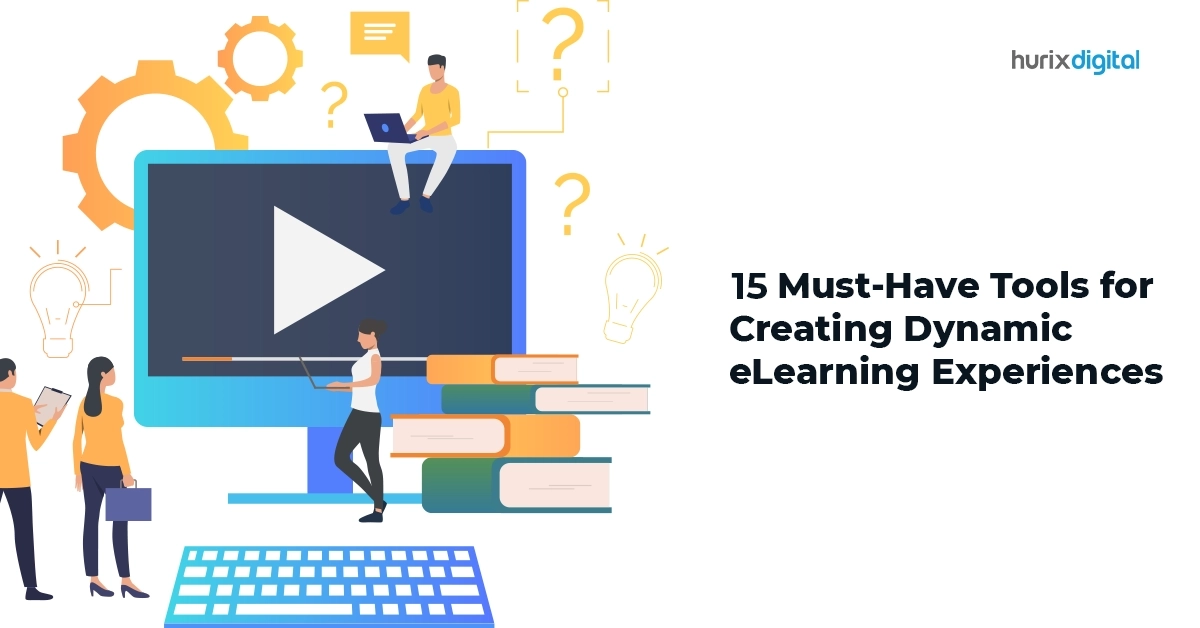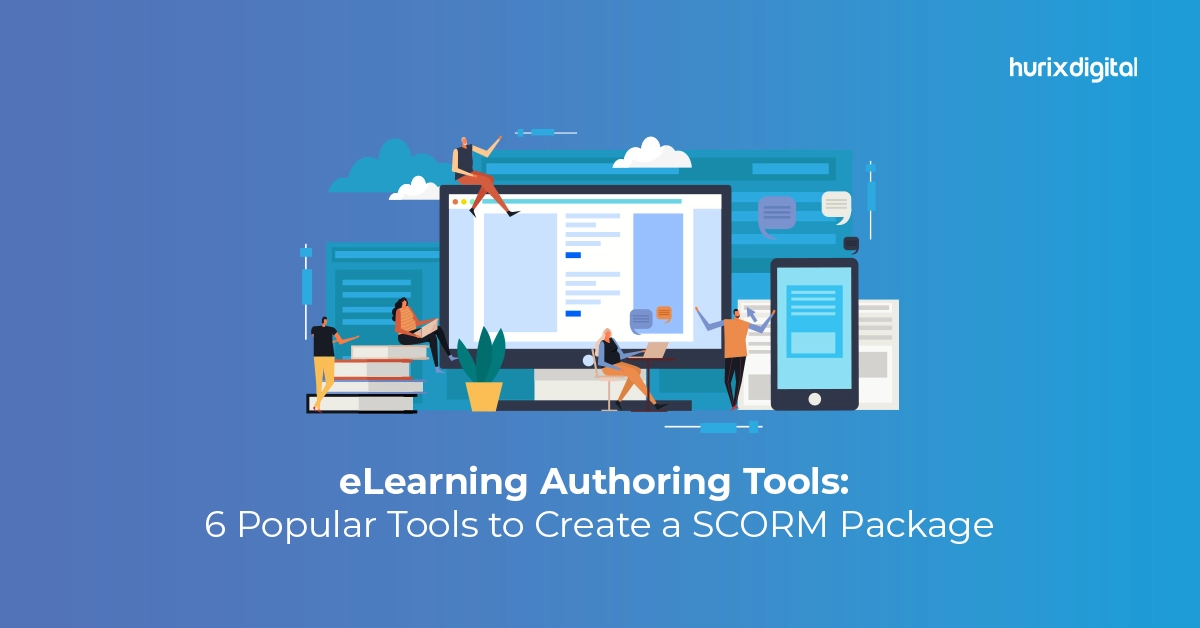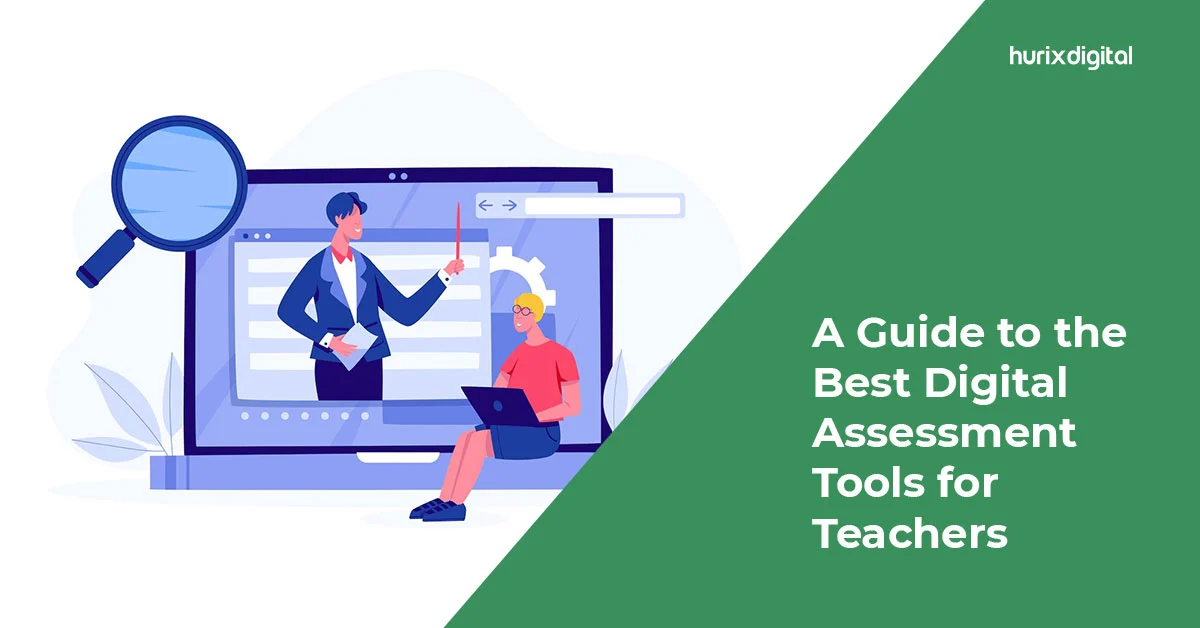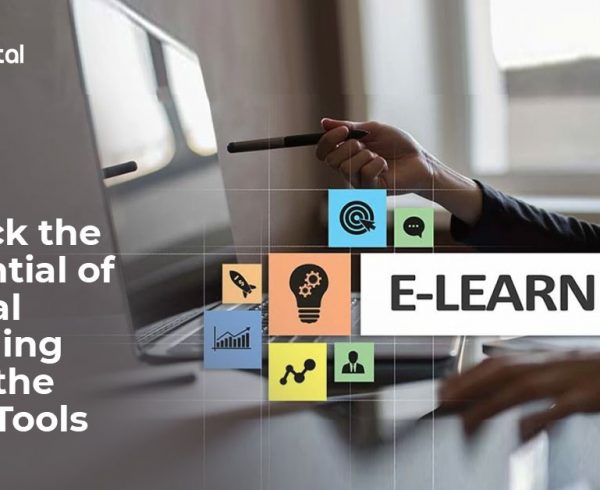Summary
This blog post has provided a brief overview of what an eLearning content authoring tool is and some of the key benefits of using these tools for creating eLearning content.
The importance of authoring tools in the eLearning space and the realm of instructional course design is immense. With the rapid advancement of technology, these tools have become an integral part of designing interactive and tailored learning experiences.
Unlike earlier, when authoring tools were used sparsely in training and education, the last few years have seen them evolve into powerful software programs for creating eLearning courses much faster. eLearning authoring tools today have become the ideal solution to capture learner attention in the simplest, fastest, and most impactful way.
In this blog post, we will discuss more about various facets of eLearning authoring tools and also explore the advantages of these tools and their impact on learning through enhanced engagement, accessibility, interactivity, and overall usability.
Table of Contents:
- What is an eLearning Authoring Tool?
- Benefits of eLearning Authoring Tools for Content Creation
- The Bottomline
What is an eLearning Authoring Tool?
An eLearning content authoring tool is essentially an authoring software application that allows users to both create and develop online courses or training modules. These tools include a range of interesting features and functionalities that make it easier to create interactive and engaging eLearning content for users.
One of the key highlights of using an eLearning content authoring tool is the amount of time it can save. These tools typically have a range of pre-built templates and other design elements that can be customized and reused, thus saving the author a great deal of time and effort that would otherwise be spent from scratch for each course.
Besides, most eLearning authoring tools have drag-and-drop functionality, which makes it super simple to add and arrange content such as images, text, quizzes, videos, and more.
Also Read: 8 Reasons Why Content Authoring Tools are The Future of Marketing
Benefits of eLearning Authoring Tools for Content Creation
Here are some of the key benefits of eLearning content authoring tools for streamlining the overall training and development process:
1. Fastens the eLearning Development Process
One of the main advantages of using a rapid content eLearning authoring tool is that it speeds up the overall content development process. Most of these eLearning development authoring tools feature a range of pre-built templates, themes, and other interactions that you can easily integrate into your course design.
This is possible because the tool allows you to completely skip the process of gathering media and outsourcing more time-consuming tasks to be able to create engaging and interactive content for learners.
2. Assessments to Track Learner’s Progress
When it comes to assessing learners’ progress effectively, one of the key aspects is tracking and measuring data. There are several assessment tools available on the market that allow you to create summative assessments and integrate them with your LMS to offer a seamless data exchange between course content and user analytics.
This allows you to monitor various important metrics, such as user engagement rates and knowledge retention, and also identify areas for improvement in courses far more easily. For instance, one of the best eLearning authoring tools, Dictera by Hurix Digital, allows students to be evaluated through detailed summative questions that, in addition to reinforcing important concepts.
This, in turn, helps to verify the success of your course content in terms of learning outcomes. Further, these assessment tools have valuable metrics that enable you to assess and strategize about how to make changes, modify, and improve your course content over time.
Besides, most eLearning authoring tools come with built-in reporting features to help you generate valuable insights into learner performance, such as course completion rates, learner scores on assessments and quizzes, and the average time spent by the user on each activity or course module.
3. Multiple-Device Compatibility
eLearning authoring tools also give you the advantage of choosing the distribution option that best suits your needs to share your courses on PCs, smartphones, or tablets.
This, in turn, allows the content to automatically adapt to different devices without compromising on aspects such as usability and quality. The result is higher accessibility for users to access information immediately, irrespective of their location.
4. Easy Updates
Rapid eLearning authoring tools are much easier to update as they allow new information and revisions (if any) to be added to your eLearning course design. To stay up to date with compliance and changing learner demands, all you have to do is access your current eLearning course materials and either generate new content or make the necessary adjustments to the eLearning template.
Further, in today’s dynamic world of eLearning, employing eLearning authoring solutions for faster course creation offers a more cost-effective approach to generating efficient training content.
This is simply because the tool utilizes fewer resources throughout the entire process, streamlines the overall efforts of the team, and leads to the production of engaging material with much less effort.
5. Collaboration
Lastly, modern eLearning authoring tools that utilize cloud technology allow you to collaborate efficiently, as multiple users can work simultaneously on creating eLearning courses. This kind of collaboration extends not just to the same section but even to the same presentation.
This means that each editor gets the creative liberty to add or change content directly, thus allowing everyone to contribute their specialized knowledge with a single common goal: to be able to create the best eLearning course for their users.
Also Read: Top Five eLearning Authoring Tools for 2024!
The Bottomline
An eLearning authoring tool enables users with little to no capabilities to create digital courses much faster. Its robust software program powers users to create, edit, modify, and publish content in selected formats using text, media, and other interactions.
Instead of creating a course manually, an authoring tool such as Dictera, an excellent assessment tool for teachers, allows you to use functionalities such as drag and drop, a digital library, and other friendly interfaces to enrich the course content into an engaging experience.
If you are also looking for an eLearning authoring tool for faster course creation, consider Hurix Digital as your service provider. Hurix can help you create extensive, challenging, as well as goal-oriented courses that are based on conceptual knowledge.
Contact us to learn more about the assessment authoring tools from Dictera and Hurix Digital.











